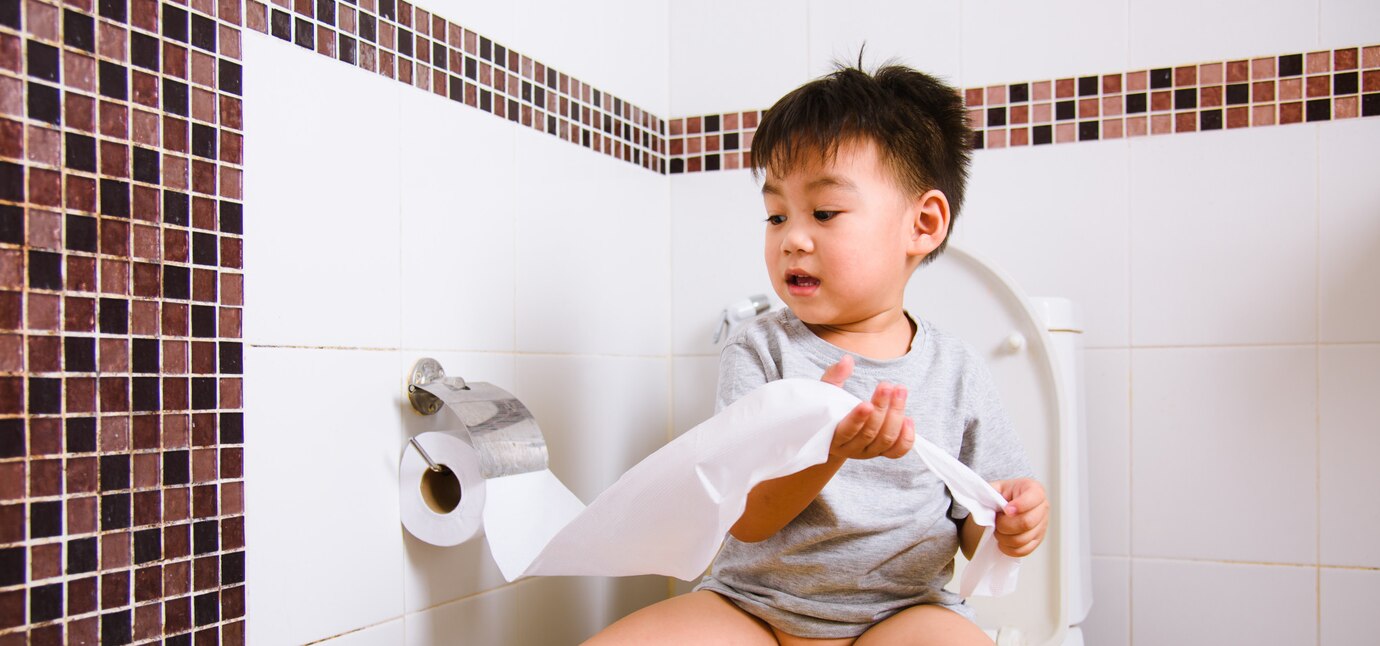
Potty training is one of those milestones every parent approaches with a mix of excitement and dread. Recently, I decided to try the three-day potty training method with my 2.5-year-old son, CJ. I followed the strategy outlined in the book Potty Training in Three Days by Brandi Brucks. Let me start by saying: I’m not here to recommend this method or any other. What worked for me might not work for you, and every child—and every family—is unique. Here’s how it went for us, along with some tips I picked up along the way.
What is the Three-Day Potty Training Method?
The three-day potty training method is an intensive approach designed to transition your child from diapers to using the potty in just three days. The key principles include:
- Clear the schedule: Dedicate three full days to focus solely on potty training.
- Remove diapers: Your child transitions directly to underwear during waking hours, with constant encouragement to use the potty.
- Stay close: Parents must closely monitor their child for signs they need to go, encouraging frequent potty breaks.
- Positive reinforcement: Successes are celebrated, often with small rewards or praise.
- Consistency: Accidents are handled calmly, without punishment, to maintain a positive experience.
This method is intense and requires 100% commitment from the parent or caregiver, but many families find it to be highly effective.
1. Start with a Plan
I read Brandi Brucks’ Potty Training in Three Days to prepare. The book provided a clear outline and helped me set realistic expectations. This method demands full commitment, so having a plan in place was essential.
2. Stay Firm Through Resistance
There were moments when CJ flat-out refused to sit on the potty. I knew his bladder was full, but he was determined not to go. I stood firm and didn’t let him get up until he tried. It wasn’t easy, but I felt that if I gave in, it would set a precedent that he could avoid trying in the future. This was probably the most challenging part of the process.
3. Arrange Childcare for Siblings
Potty training took 100% of my attention. If you have other children, I highly recommend arranging childcare. The only thing worse than one crying toddler in the bathroom is two crying toddlers in the bathroom!
4. Prepare for Exhaustion
I won’t sugarcoat it: I was TIRED. Potty training is physically and emotionally draining. If you’re planning to use this method, be sure to clear your schedule for a few days.
5. Make Tough Calls About Naps
I chose to skip CJ’s nap on the first two days. I worried that putting him in a pull-up would confuse him and undo our progress. Skipping naps had the added benefit of making him go to bed earlier, which gave me some much-needed rest (see tip #4).
6. Outsource Housework and Cooking
With all my energy focused on CJ, there was no way I could manage housework or cooking. Doordash and Instacart became my best friends during those three days. Don’t hesitate to lean on convenience options when needed.
7. Commit 100%
Potty training requires full commitment. I kept repeating to myself, “We will never go back to diapers!” Having this mindset helped me push through the tough moments.
8. Use Incentives (a.k.a. Bribery)
As a big believer in gentle parenting, I’m not proud of this, but I resorted to bribery. I pulled out all the stops to motivate CJ to sit on the potty. My goal was to establish a routine and make him comfortable. Now that the training phase is over, I’m gradually weaning him off the incentives.
9. Take Care of Your Hands
Between cleaning and constant hand washing, my hands were cracked and bleeding by day two. I wish I had been more proactive about using lotion or protective gloves. Don’t overlook self-care during this process.
10. Incorporate Favorite Activities
CJ worked hard during potty training, so I made sure to reward him with his favorite messy activities, like painting, playdough, and water play. These activities also helped pass the time since we didn’t leave the house for three days.
Final Thoughts
Potty training in three days was one of the most intense parenting challenges I’ve faced, but it was also incredibly rewarding. The method was tough, but it worked for us. CJ made remarkable progress, and I’m proud of both of us for sticking it out. Remember, though: this method isn’t a one-size-fits-all solution. Trust your instincts, follow your child’s cues, and do what works best for your family.





